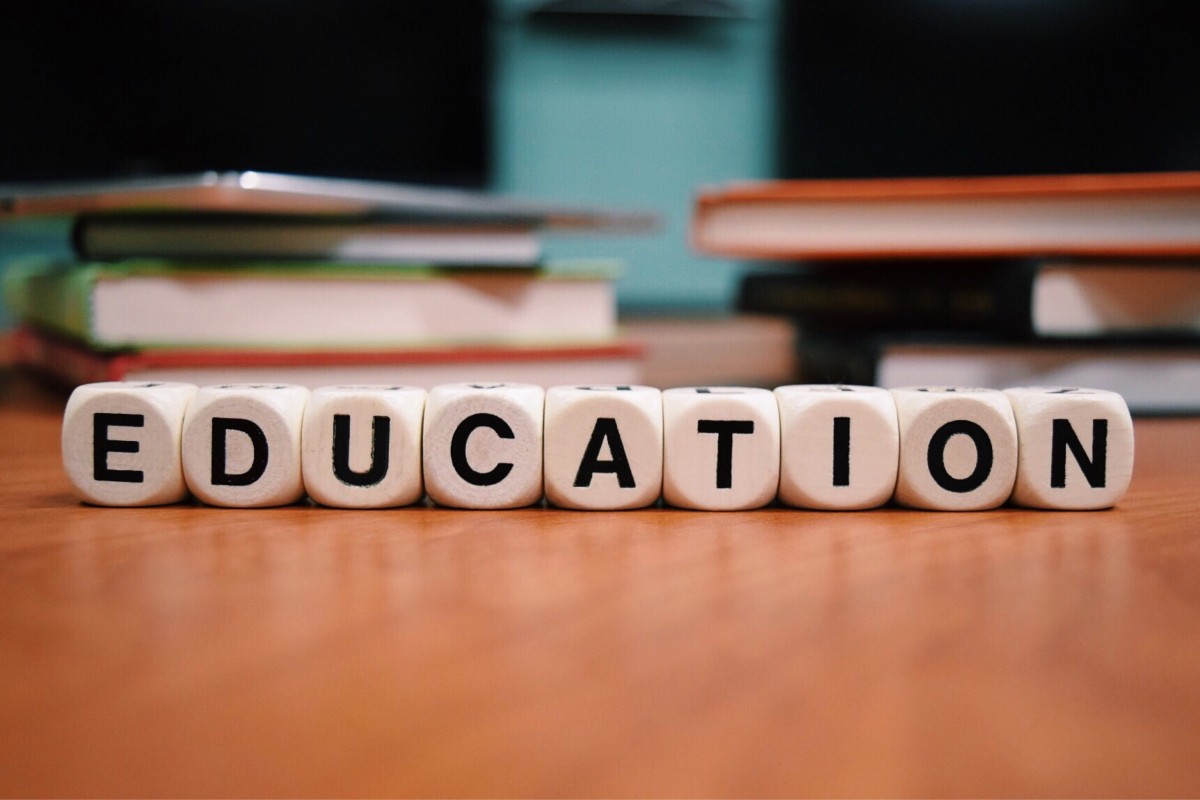 Photo from PxHere
Photo from PxHere Education sits at the center of our culture wars, and young minority students are the biggest casualties. Eventual economic success is a function of not falling too far behind, even during elementary school years.
The Brookings Institution argues that children who finish high school, get a full-time job, and wait until age 21 to get married and have babies have high likelihoods of achieving the American dream as independent citizens in a competitive global economy.
However, poorer families cannot afford to move to neighborhoods with higher-performing charter schools. Children must attend government-run schools with consistently disparate educational outcomes, compared with students from more affluent families.
For decades, the school-choice and competition community has supported the desires of inner-city, poor and often minority parents to access charter schools.
Charter schools are public schools operated by independent organizations, usually nonprofits. They are free from many of the rules that constrain district-operated schools. In exchange for increased autonomy, they normally are held accountable for their performance by their authorizers, who close or replace staff if they fail to educate children.
Parents understand well that independent charter school students often far outperform public school students in math and English proficiency exams, as reported by Forbes, among other sources.
In one recent year, while 47% percent of public school students passed state reading tests and 43% passed math tests, at Success schools, corresponding percentages were 91% and 98%.
Another study looked at the performance of approximately 23,000 students across 100 schools in New York City, and found that 10% of public school students performed math at grade level, while 68% of charter schools students did.
Government schools are funded at high levels yet don’t have to attract their student clientele through quality and service.
Even though government schools receive most of the state and local school funding, student performance in charter schools is better when comparing students not only in the same neighborhoods, but even in the same school building.
However, as distinguished Black scholar Thomas Sowell explains in his new book, “Charter Schools and Their Enemies,” the national educational establishment and public employee teachers unions, along with the legislators whose political campaigns they fund, remain focused on defeating the expansion of options for urban families.
If freedom of choice remains an American value, one must question the harsh efforts to force charter schools to follow rules making it difficult to maintain their quality, or even to open at all.
In California, laws have been passed that prevent a school from suspending students for behavior or safety violations that in previous years resulted in expulsion.
School bureaucracies have pushed legislators to ban the funding and expansion of charter schools. Children are on wait lists and schoolrooms sit empty, yet opponents of charter schools fight to prevent parental choice.
Follow the money. In New York City, there are more than 200 half-empty schools, yet officials block their use as charter schools. Public schools receive some $20,000 per child — that’s $1 billion dollars for the 50,000 students on waiting lists who would immediately move to charter schools. Teachers unions want that billion dollars to remain available for government-paid salaries and benefits.
Opponents of charter schools also have supported rules that would disallow religious schools to participate. Recently, the U.S. Supreme Court, in Espinoza et al. v. Montana, ruled to allow tuition assistance for religious schools.
The reason public schools perform less well is obvious. Government schools are funded at high levels yet don’t have to attract their student clientele through quality and service. Compulsory school attendance guarantees the flow of students to public schools. And bad teachers often are very hard to fire.
Yet the Los Angeles Teachers Union recently publicized a document arguing that schools in the large school district can’t reopen during the COVID-19 crisis without certain policy provisions in place, ranging from mandatory face masks to a “moratorium” on charter schools and the defunding of police.
This is shameful bullying to ban competition that would allow parents to choose safer, better schools. Our nation’s children deserve a future of choice, not iron-fisted monopoly government control.
Larry Greenfield is a Fellow of The Claremont Institute for the Study of Statesmanship & Political Philosophy.























 More news and opinions than at a Shabbat dinner, right in your inbox.
More news and opinions than at a Shabbat dinner, right in your inbox.